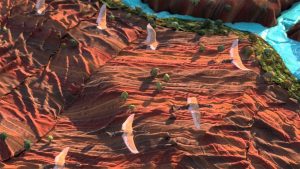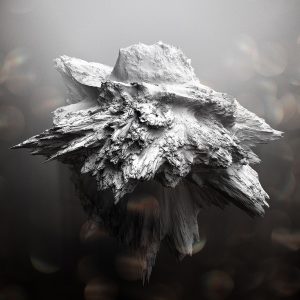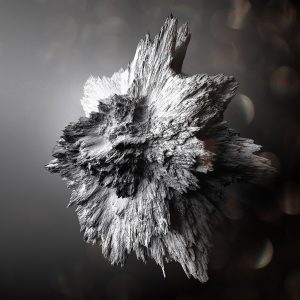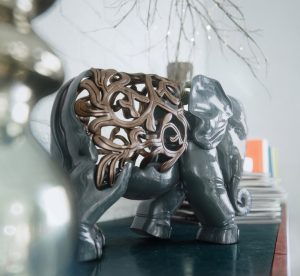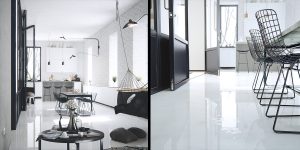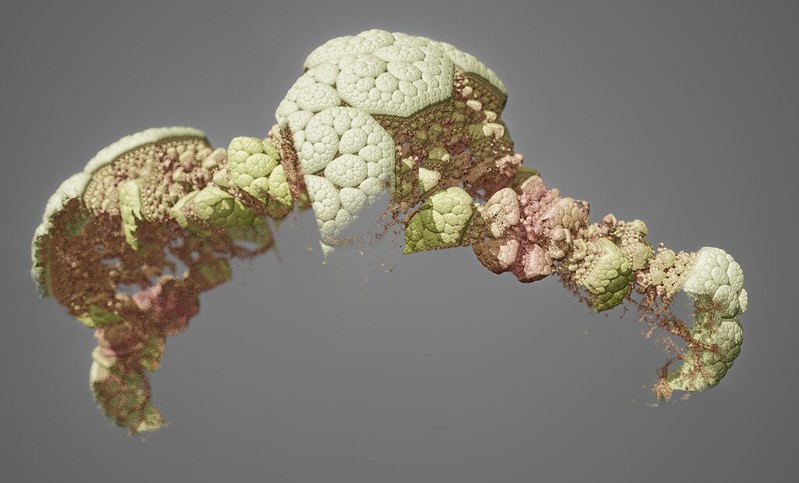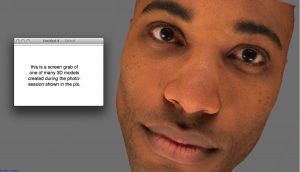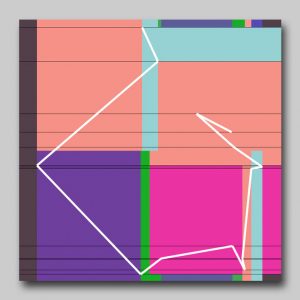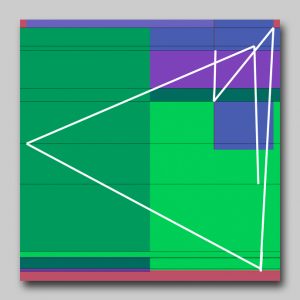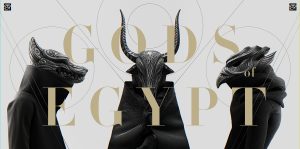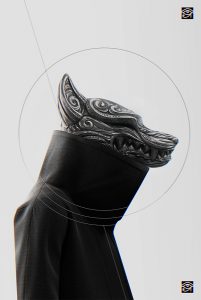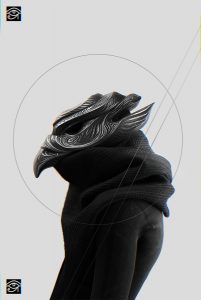Artist: beeple
Project(s?): everydays
Brief Description: Beeple create[d] new 3D computer graphics everyday and posted it to his website for over 3800 days.
For this post’s specific purpose, I will highlight a fairly recent piece he created, as well as another video of his process in creating a piece.
Above is a process video of a piece he created. As you can see from the video, Beeple uses Cinema 4D with various plugins to create most of his pieces. Although I didn’t really see any significant algorithmic or code-able things within these pieces, I found it utterly fascinating how detailed and beautiful these 3D renderings of make-believe images are. Through the video, we can see that he turned a screenshot of a topographic image and used a plugin to turn it into 3D, which probably used an algorithm to see the depth of the ground through tonal values. It is also visible that he created the structure itself by hand, detail by detail.

This is another piece I admire by Beeple. Although I don’t quite know the process of this piece, I found it amazing that this all was created in 3D space, detail by detail, just to be rendered into this, albeit amazing, 2D image.
![[OLD FALL 2017] 15-104 • Introduction to Computing for Creative Practice](../../../../wp-content/uploads/2020/08/stop-banner.png)
